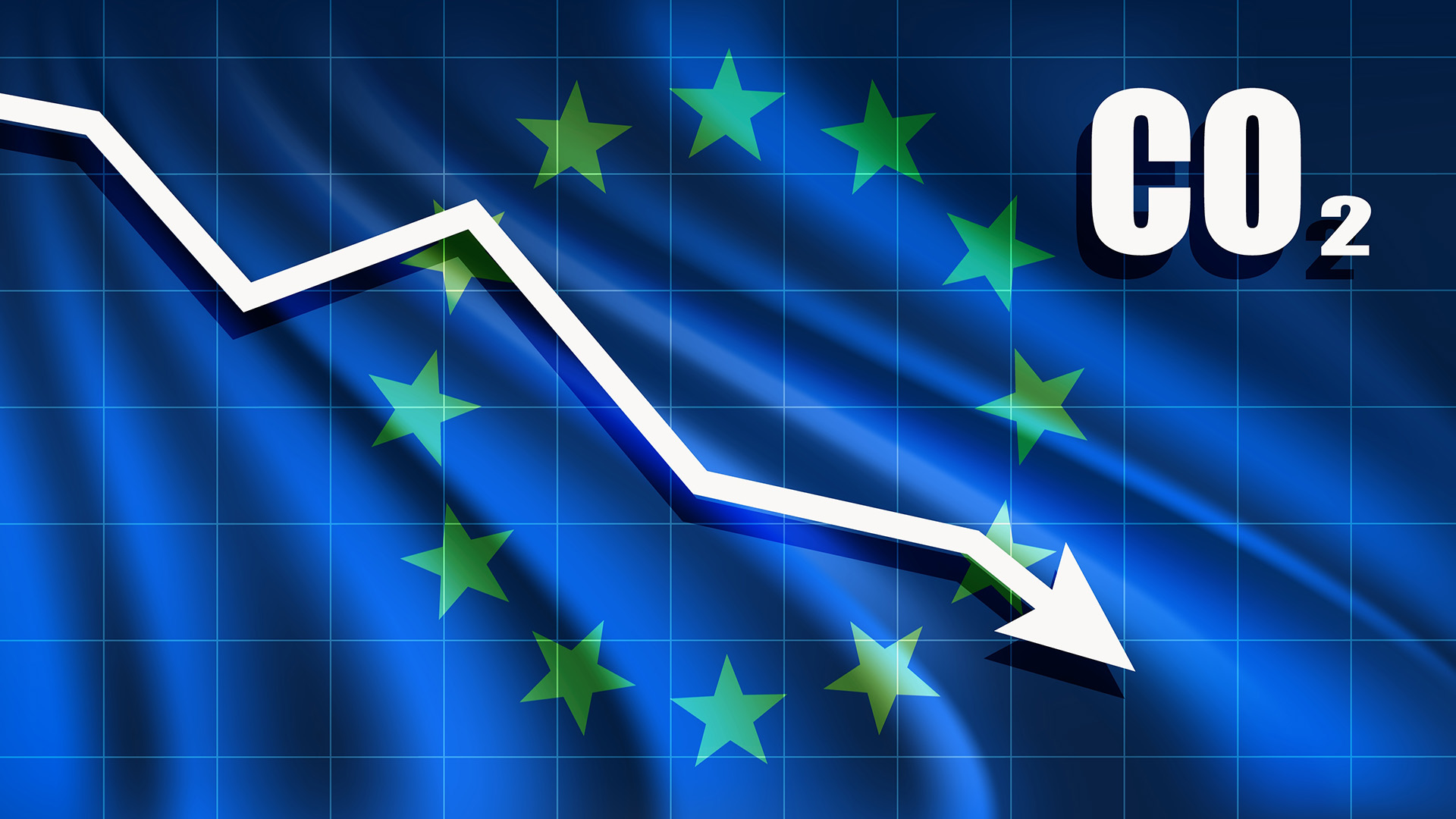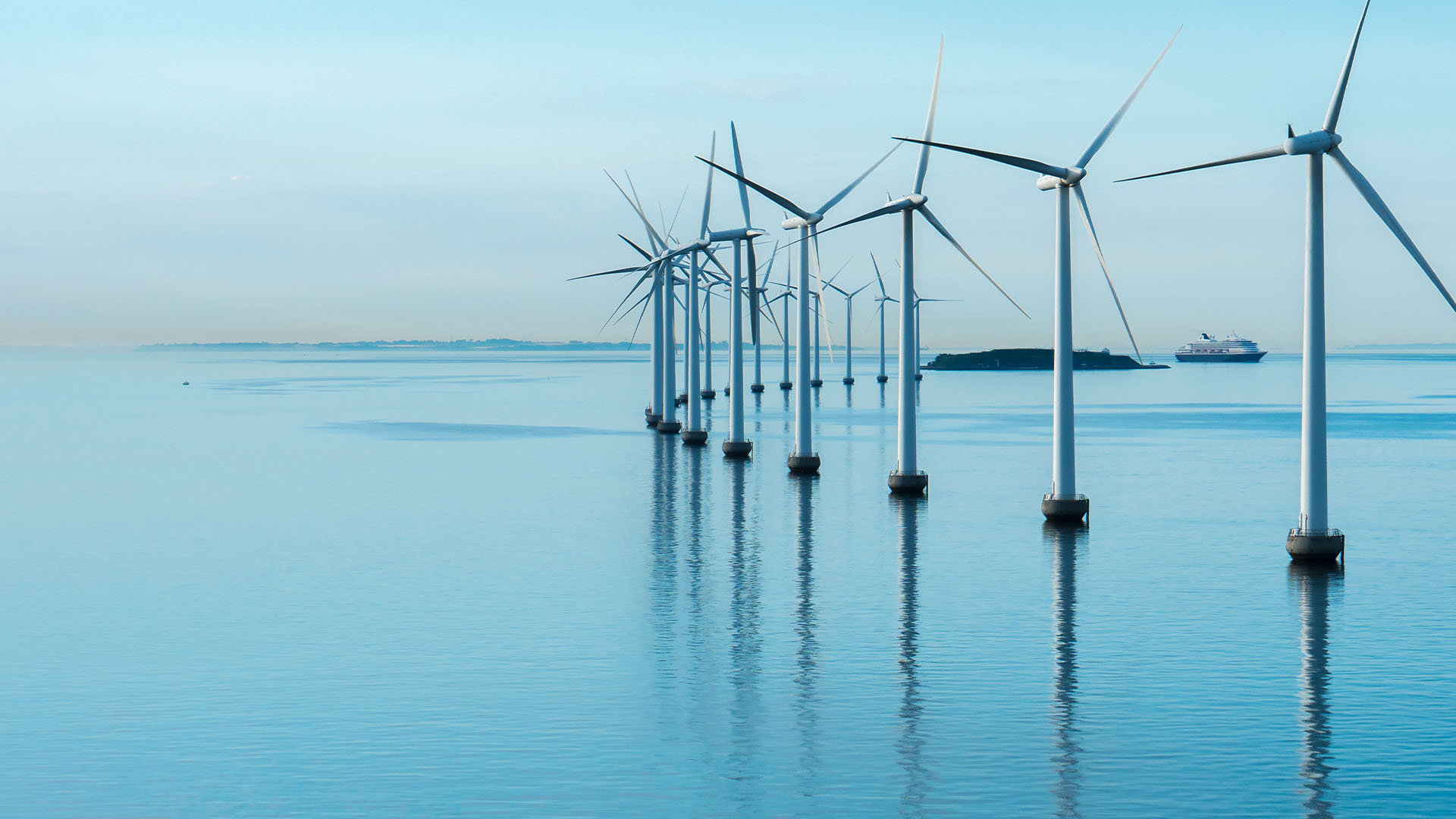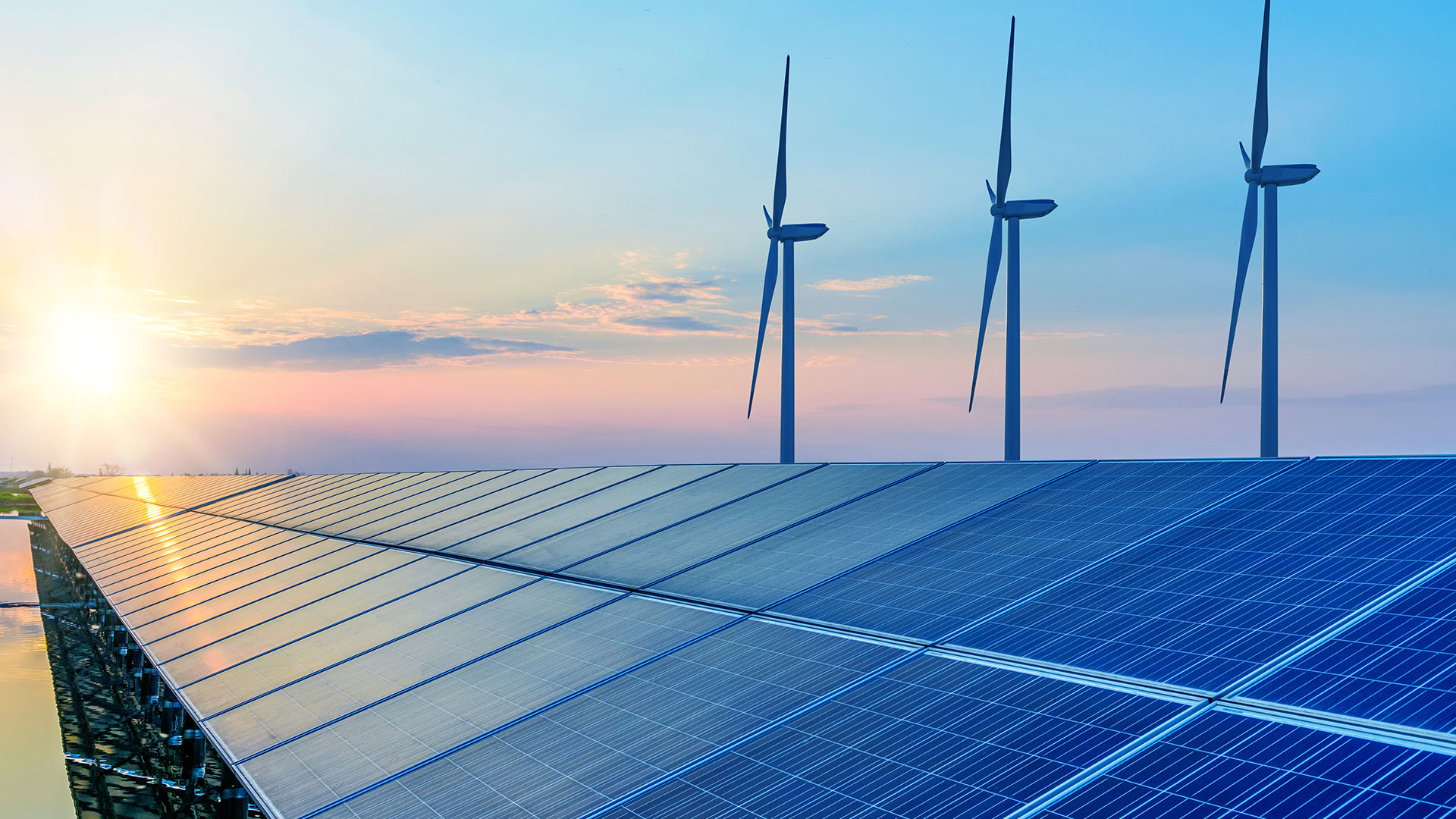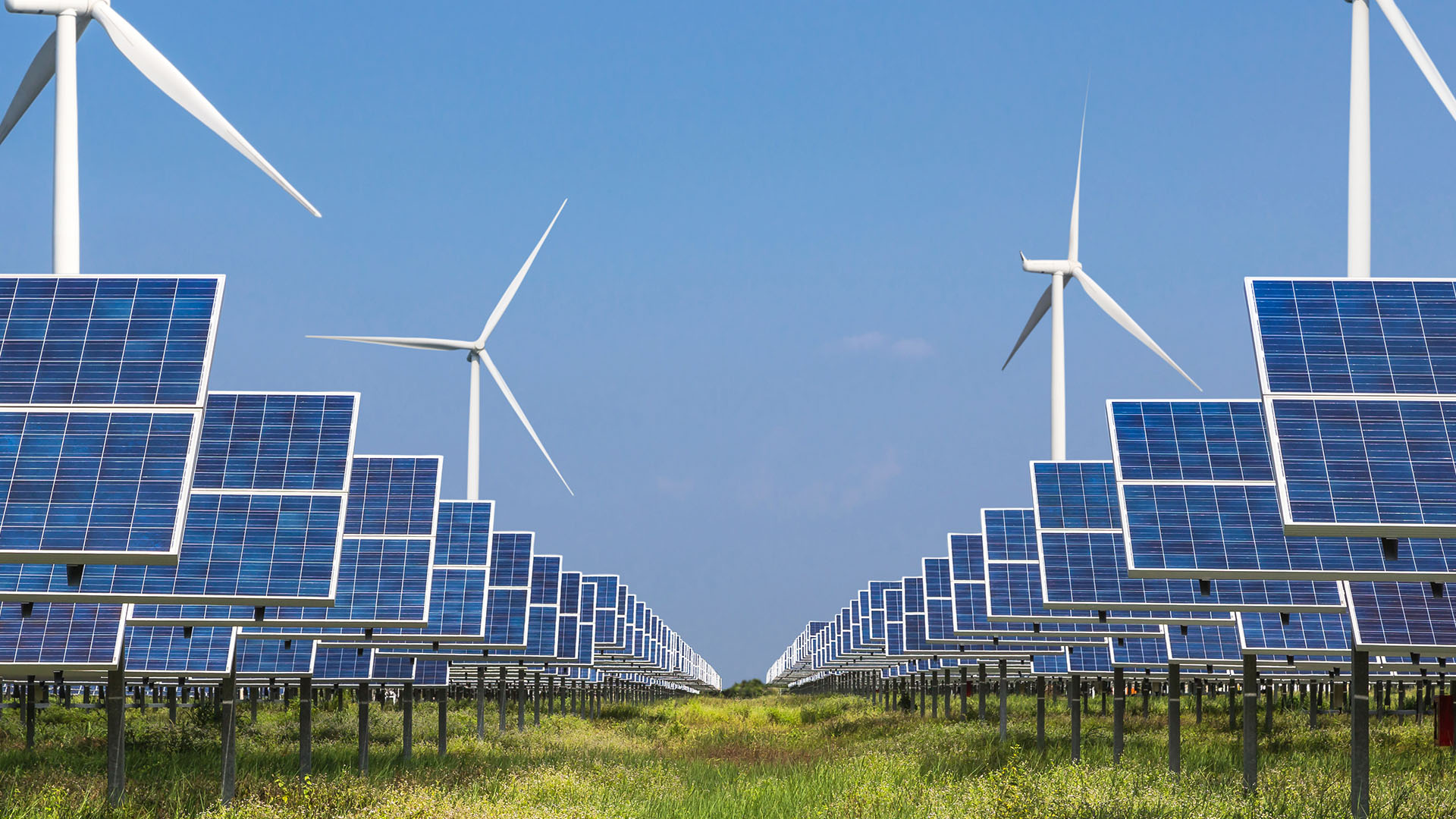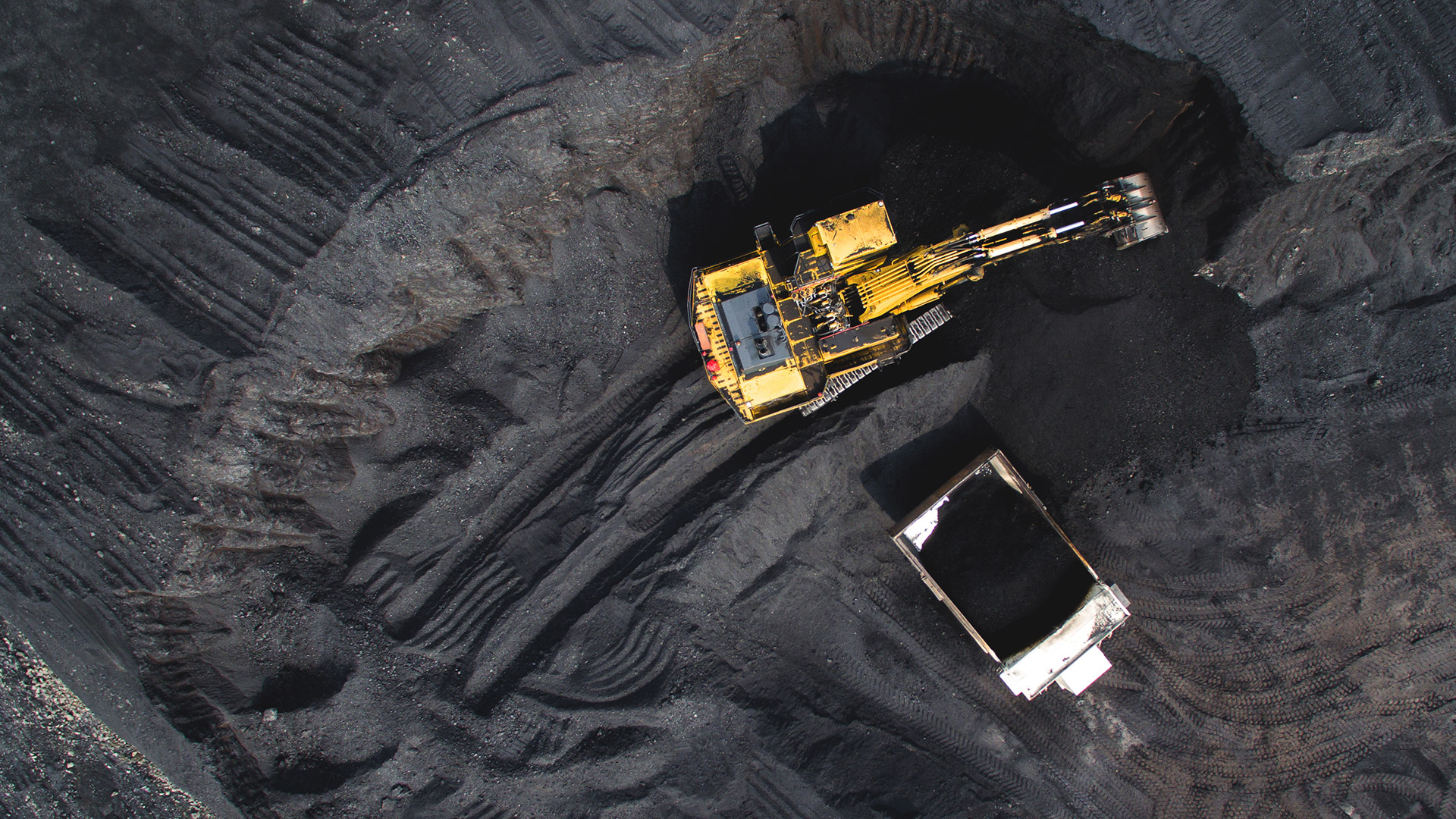This article has been written by Bart Le Blanc, Isaac de Leon Mendoza
Overview
As the EU increases its climate ambitions, there is a risk that its emissions reduction efforts are offset by increased emissions outside the EU from industries transferring their productive activities to countries where climate change policies are less stringent (‘Carbon Leakage’). Carbon Leakage would undermine the effectiveness of the EU’s emission mitigation policies, and might lead to an increase in total emissions globally.
This note seeks to discuss the implementation challenges to a carbon border adjustment mechanism (CBAM) and the expected trading consequences that may transpire, including under the World Trade Organization’s (WTO) trade rules.
Understanding CBAM
One of the potential challenges of CBAM is to be regarded as a barrier to trade under the World Trade Organization’s (WTO trade rules.
It is important to broadly contextualize CBAM as a complement to the EU Emissions Trading System (EU ETS), the pillar of EU climate Policy.
Under the EU ETS, a declining limit (cap) is set on emissions of greenhouse gases (GHG). Once the ‘cap’ is reached, the sectors subject to the ETS must then acquire (in an ad hoc market) ‘allowances’ (basically a permit) to emit one tonne of CO2 (per allowance).
This declining cap and the need to trade allowances (intended to develop an internal (European) market where the price on carbon) would be subject to the basic economic rules of supply and demand, where a price on carbon is set. In order to avoid undue burdens on industries that have consistently been considered to have difficulties reducing their emissions, as further efficiency in their inherent processes has not been achieved with current technology (‘hard-to-abate’), the EU ETS provided free allowances.
In 2004 when the EU ETS was first implemented, free allowances were granted to hard-to-abate industries that were at risk of Carbon Leakage (shifting production/consumption to third countries with less stringent climate policies than those in the EU), resulting in an actual increase in net global GHG emissions. Recently announced climate goals under the European Climate Law (reducing GHG emissions by 55 percent by 2030) give rise to an even higher risk of Carbon Leakage which is why the European Commission proposed a mechanism that would mitigate such risk: a WTO-compliant carbon border adjustment mechanism.
Once in place the CBAM will be (along with the EU ETS) at the core of EU climate Policy. The CBAM will add a carbon price on imports in emission-intensive sectors (cement, iron, steel, aluminium, fertilizers and electricity) whose production/related emissions have not been taxed (or not at the same level as the EU) at the producer’s country.
In the initial transitional phase, which is expected to start on October 1, 2023 until December 2025, the obligation will be limited to reporting of embedded emissions. After the transitional period, importers will be required to purchase and surrender “CBAM Certificates” which will be linked to the EU’s carbon market price.
Implementation of the CBAM is intended to run parallel with the phasing out of the free allowances system under the EU ETS over a nine-year period (2026 - 2034), as they are seen as a disruption to the EU ETS and it is argued that they impose unnecessary burdens on other industries.
Understanding WTO trade rules
The World Trade Organization (WTO) trade rules seek to remove barriers to trade, in the understanding that the more liberalized a market is, the higher the overall economic advantage to all its participants. At the core of these rules, there is a fundamental principle of ‘non-discrimination,’ which is key in free trade environments.
The principle of non-discrimination stipulates that a member shall not discriminate: (i) between “like” products from different trading partners (giving them “most favored-nation” or MFN status); and (ii) between its own and “like” foreign products (giving them “national treatment”).
CBAM could violate the most favored-nation rule if it imports from WTO member countries treated differently than others based on their carbon content. For instance, least developed countries will have less resources to reduce GHG emissions, which will lead to higher adjustment carbon prices at the border and could potentially place them in a disadvantaged trading position, inconsistent with the MFN principle.
WTO member countries have wide autonomy to determine their own environmental objectives. However, in the context of trade and CBAM, the principle of non-discrimination raises two key questions: will products at issue be “like” products? And if two products are found to be “like,” the question remains: will imported products be treated in a less favorable manner than domestic products?
To answer the first question, WTO jurisprudence has shown that analysis of likeness between two products should be carried out on a case-by-case basis. As such, the answer to the first question to determine discriminatory treatment, will depend on the actual implementation rules of the CBAM.
To answer the second question, CBAM is an additional tool that seeks to complement EU ETS. The EU ETS already distinguishes between industries within the EU, so it may be argued not to be a protectionist measure that could make a distinction between EU ‘products’ and imported products.
Partners at risk
To get a better view on the consequences of the CBAM implementation, it is interesting to take a look at the potential impact of the proposed CBAM on EU trading partners. The largest CBAM covered product exporters are Russia, Turkey, the UK, China and Ukraine. In addition, the exporters most reliant on the EU are the UK, Serbia and Mozambique, with about 80 percent of CBAM exports ending up in the EU.
Implementation of CBAM will raise the costs for EU importers, which on their part will likely be passed on to consumers, even more so because of the gradually phasing out of free ETS allowances. The effect on EU’s trading partners exports are expected not to be substantial. Developed countries, on average, would not suffer export declines as they are capable of implementing production methods that are less carbon intensive. Developing countries, on the other hand, face an estimated decline of CBAM covered exports from 1.4 percent to 2.4 percent depending on the eventually implemented CBAM price.
Conclusion
While in principle the CBAM rules could in fact be discriminatory, it appears that currently they are not. It is a process that requires maturity and in the implementation period, there is an intention to gather information to assess further actions and the adaptions necessary. As such, the estimated consequences of the CBAM for EU trading partners might not be as detrimental as some countries believe. It is impossible at the moment, to measure the exact WTO-compatibility of the CBAM. Depending on the implemented safeguards only the future will tell (on a case-by-case basis) whether the Carbon Border Adjustment Mechanism is to be WTO-compliant. As ever, the devil will be in the detail.


